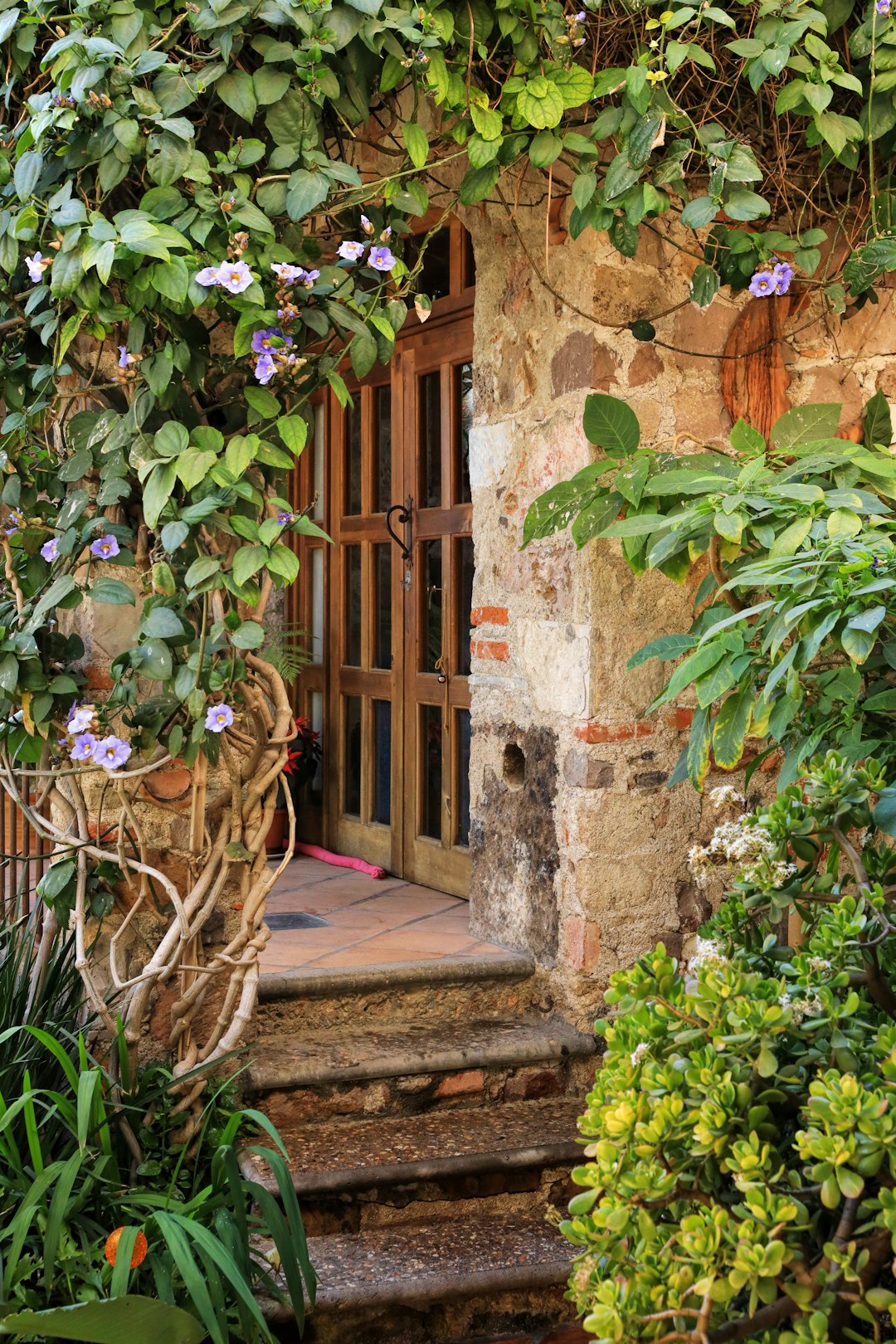Having a beautiful garden is a dream for many people, but the idea of constant maintenance can be a bit daunting. However, with a little planning and the right design, it is possible to create a low-maintenance garden that will still be a stunning outdoor space to enjoy. In this blog post, we will discuss some tips on how to design a low-maintenance garden that is both beautiful and practical.
1. Choose the Right Plants:
One of the key factors in creating a low-maintenance garden is to choose the right plants. Opt for plants that are native to your area and are well-suited to the specific climate and soil conditions of your garden. Native plants are generally more resistant to pests and diseases, requiring less maintenance overall. Additionally, choose plants that are drought-tolerant and do not require frequent watering.
2. Reduce Lawn Area:
Lawns are one of the highest maintenance areas in a garden, requiring frequent mowing, watering, and fertilizing. Consider reducing the size of your lawn or eliminating it altogether by creating a garden with more hardscaping, such as patios, decks, or gravel pathways. This will not only reduce maintenance but also create a more visually interesting garden.
3. Use Mulch:
Mulch is a great way to reduce the amount of time spent weeding and watering in your garden. Mulch helps retain moisture in the soil, suppresses weed growth, and improves the overall health of your plants. Choose organic mulch materials, such as wood chips, bark, or compost, which will eventually break down and enrich the soil.
4. Group Plants Wisely:
Another tip for designing a low-maintenance garden is to group plants with similar water and sunlight requirements together. This way, you can water and fertilize more efficiently, saving time and resources. Additionally, planting in layers or clusters can create a more natural and visually appealing garden design.
5. Install an Irrigation System:
To further reduce the amount of time spent watering your garden, consider installing an irrigation system. Drip irrigation systems are a great option for low-maintenance gardens as they deliver water directly to the roots of plants, minimizing water waste and reducing the need for manual watering.
6. Keep it Simple:
Lastly, keep your garden design simple and avoid overplanting. Too many plants in a small space can lead to overcrowding, competition for resources, and increased maintenance. Aim for a more minimalist approach to gardening, focusing on quality over quantity.
In conclusion, designing a low-maintenance garden is all about careful planning and choosing the right plants and materials. By following these tips, you can create a beautiful and functional outdoor space that requires minimal upkeep, allowing you to spend more time enjoying your garden rather than working in it. So go ahead and start planning your low-maintenance garden today!

